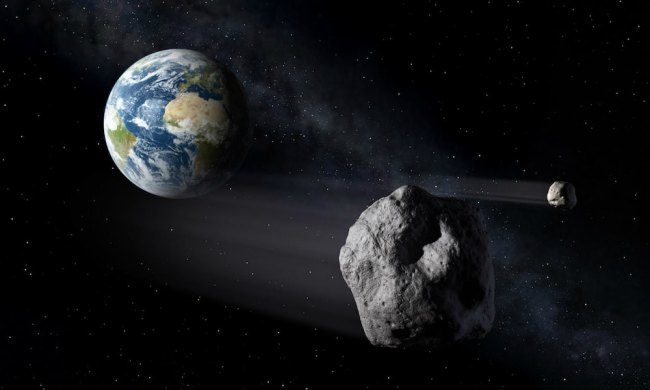NASA has returned with its monthly update on the viewable treats in the night sky during May 2021.
Moon, Saturn, Jupiter triangle
First up, early on Tuesday, May 4, you’ll be able to spot a large triangle formation comprising the moon, Saturn, and Jupiter.
With clear skies and a body clock that keeps you awake in the small hours, you’ll be able to spot the formation in the east-southeast, with Saturn rising first at 2:17 a.m. ET. The moon and Jupiter will appear to the lower left of Saturn at around the same time, at 3:01 and 3:02 a.m., respectively, with Jupiter about 10 degrees further to the left of the moon.
Rocky inner planets
The middle of the month will present a chance to see all four of the rocky inner planets of our solar system at once — and yes, Earth is one of them. To see the other three — Mercury, Venus, and Mars — you’ll need to have an unobstructed view toward the western horizon on or around May 14.
Look to the west about 30 minutes after sunset for the best opportunity to see Mercury, Venus, and Mars.

As Venus will appear low down in the night sky, you’ll need to find a suitable spot to ensure an unobstructed view. Lake shores or beaches should do the trick, as would open plains or an elevated position such as high up on a mountain or a tall building.
From around May 14 through 17, the moon will join what NASA describes as this “lovely planetary tableau,” so be sure to keep your eyes peeled for that, too.
Total lunar eclipse
Across several hours on May 26, you’ll be able to enjoy a total lunar eclipse when the moon passes through Earth’s shadow. This will cause the moon to darken and turn a reddish color. Because of this color change, a lunar eclipse is also known as a “blood moon.”
“The red color comes from sunlight filtering through Earth’s atmosphere — a ring of light created by all the sunrises and sunsets happening around our planet at that time,” NASA explained on its website.
The space agency notes that, while you should never look directly at a solar eclipse in order to protect your eyesight, it’s safe to look at a lunar eclipse since there’s no direct sunlight involved.
The map below offers a rough idea of how well you’ll be able to view May’s lunar eclipse. Put simply, the further west you are in the U.S., the more of the eclipse you’ll be able to enjoy.

For more details on this and all the other goodies the night sky has in store for you throughout May, check out NASA’s special webpage offering all the information you need.
And if you’ve ever considered photographing the night sky, head to this Digital Trends article offering some top tips.


